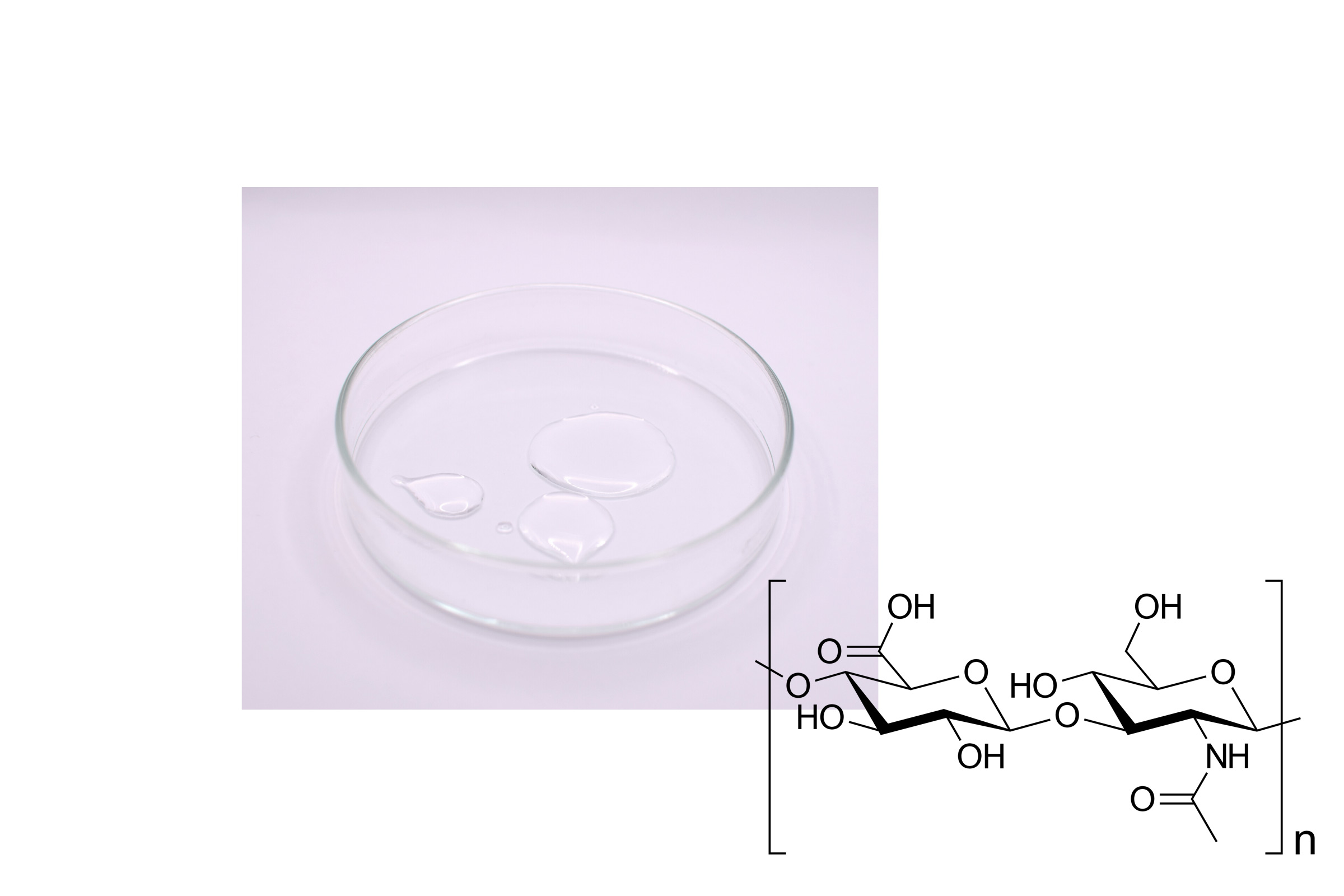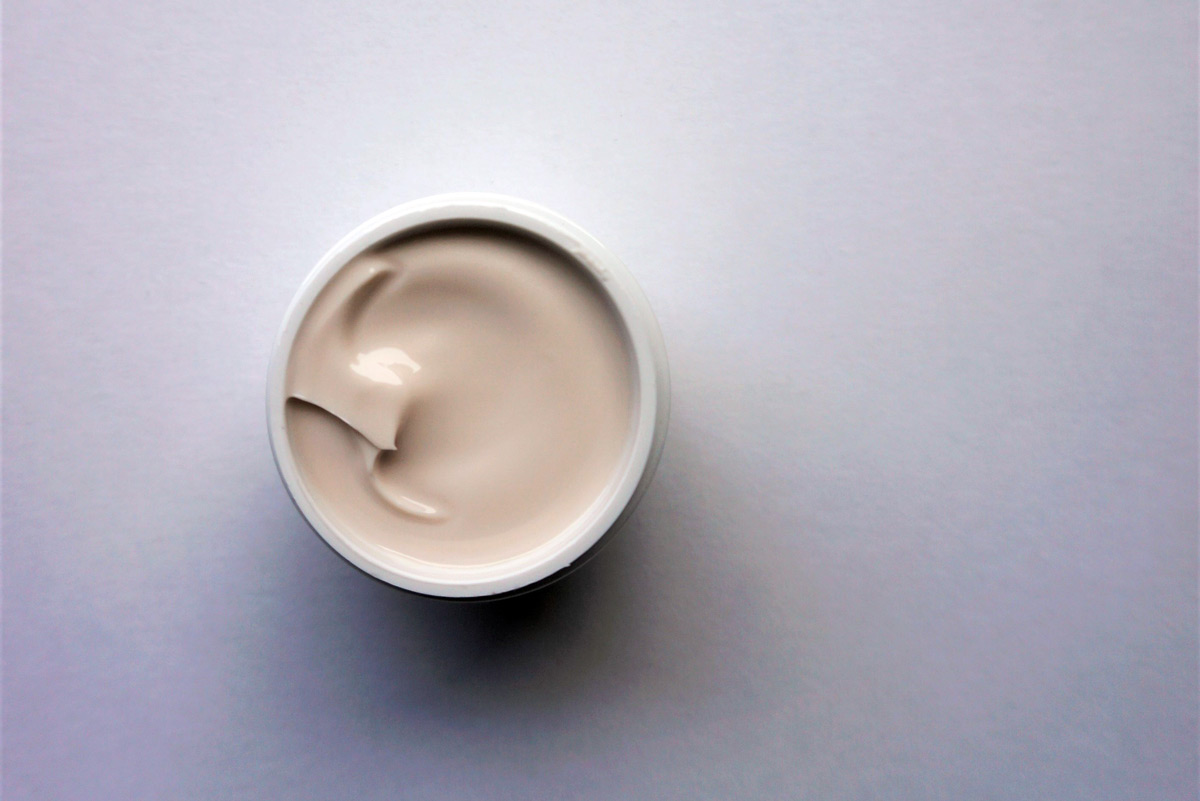All of us who love cosmetics have surely come across products with hyaluronic acid. Do we know what it is?
Hyaluronic acid (HA, hyaluronate, hyaluronan) is a polysaccharide, a natural polymer. It is naturally present in our body, in connective tissues of the skin and nerves, as well as in the joints. Due to its chemical structure, compared to other polymers it has the greatest ability to retain water. What does this mean for us?
That it is an excellent moisturizing agent.
It does not let the skin “dry out” so it directly helps:
- In maintaining the elasticity and firmness of the skin.
- In “filling” fine lines and wrinkles and ultimately in their reduction.
- Soothes sensitive skin from irritations.
- It immediately gives the appearance of firm skin and a more youthful face.

If we observe the labels of cosmetics that have this active ingredient, we will usually see the phrase sodium hyaluronate. This means that our cosmetics use (mainly) the sodium salt of hyaluronic acid.
How is it different from hyaluronic acid?
We saw above that hyaluronic acid is a natural polymer, that is, a large compound with specific and repeating structural units. Sodium hyaluronate consists of fewer structural units. That is, it is a much smaller compound. This is very important for cosmetics because it maintains the properties of hyaluronic acid (mainly the ability to retain water), on the other hand it’s small enough to be able to penetrate and reach lower layers of the epidermis.

Let’s move on to another form of hyaluronic acid that we find in cosmetics: Low molecular weight sodium hyaluronate.
We are not interested here in defining exactly what the molecular weight (MW) of a compound is in chemistry. However, in practice, it is an indication of how large a chemical compound is. With laboratory methods, parts of hyaluronic acid have been isolated that are composed of fewer structural units, therefore they have a smaller MW compared to the hyaluronic acid polymer (they have a MW in the range of 200K~400K Da).
What properties does this give it?
- It penetrates the skin immediately and quickly reaches the lower layers of the epidermis, which could not be done with a larger compound.
- The skin cells are quickly hydrated, the skin itself is cared for and remains hydrated for a longer period of time.
- Plumping effect (filling effect, youthful appearance) occurs much faster, and lasts much longer.
The excellent moisturizing capacity of hyaluronic acid and especially its derivatives with lower molecular weight could not be left unexploited. We will find it in the ingredients of GARDENIA facial cream. It is undoubtedly a very useful material for dry and sensitive skin.
